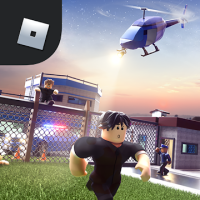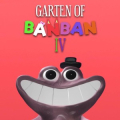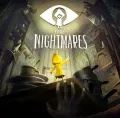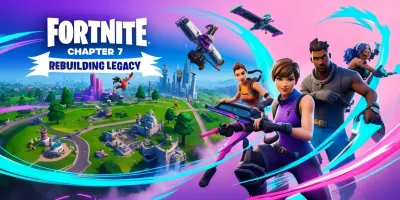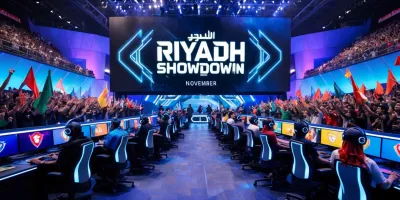Gacha Heat
When I first heard about the game Gacha Heat, I wasn't entirely sure what to expect. The title suggested it was related to the popular Gacha genre, but the word Heat piqued my curiosity. As an avid gamer, I decided to give it a try. Little did I know this game was going to be a unique blend of mechanics, aesthetics, and gameplay elements that set it apart from the rest.
Gameplay Mechanics
The core gameplay of Gacha Heat revolves around the familiar gacha system where players collect a variety of characters or items through a lottery-like mechanic. However, what stood out was how seamlessly integrated the random nature of gacha draws was with the overall gameplay. It was not merely a collection game but one where every draw could significantly alter your strategy.
Character Development
One of the most impressive elements was the character development. Each character came with its own backstory, attributes, and skill sets that could be upgraded over time. But what set Gacha Heat apart was the detailed interaction system. Characters had moods and relationships that could affect their performance in different scenarios. It felt like a blend of a gacha game with a relationship simulator, adding depth I hadn't seen before.
Interactive Environments
The environments in Gacha Heat were vibrant and interactive. Rather than being merely background elements, these settings often played a crucial role in the game. For instance, certain areas would boost specific character attributes while others posed unique challenges that required careful planning and strategy. Scenarios could range from lush forests to bustling cityscapes, each teeming with life and rife with secrets to uncover.
Aesthetic Appeal
Visually, Gacha Heat was a feast for the eyes. The art style combined elements of anime with more traditional animation techniques, making it both eye-catching and unique. Character designs were detailed, right down to the intricacies of their clothing and accessories. The color schemes used were vibrant, creating an atmosphere that was both immersive and enchanting.
Sound Design
The sound design complemented the visual aesthetics beautifully. Each environment had its own distinctive background score, and the characters' voices were expressive and varied. Sound effects for actions, especially during combat sequences, were crisp and impactful. This audio-visual synergy heightened the emotional engagement and made the experience more immersive.
Balancing Strategy and Chance
Gacha Heat also managed to strike a delicate balance between strategy and the inherent randomness of the gacha system. While luck played a part in what characters you could obtain, the game offered various pathways to optimize and upgrade your roster. Strategic depth was present in how you managed resources, planned your team compositions, and approached different scenarios.
Community Engagement
The game had an active community, which was a huge plus. It featured forums, in-game chat, and collaborative events that encouraged player interaction. Being able to trade characters and items with other players added another layer of engagement. The developers also seemed committed to listening to community feedback, often rolling out updates based on player suggestions.
Progression Systems
Progression in Gacha Heat felt rewarding and well-paced. There were levels to complete, events to participate in, and achievements to unlock. Additionally, seasonal events offered exclusive items and characters, giving players a reason to keep coming back. The game also featured daily challenges and rewards, ensuring there was always something to work toward.
Microtransactions and Fairness
Given that it was a gacha game, microtransactions were expected. However, Gacha Heat managed to implement them in a way that didn't feel predatory. While you could spend money to get ahead, there were plenty of opportunities to earn premium currency just by playing. This made the game accessible to both free-to-play and paying players.
Customizability
Another notable feature was the high level of customizability. Players could tweak character appearances, outfits, and even certain environmental elements. This not only allowed for personal expression but also had practical applications in gameplay. For instance, certain outfits provided stat boosts that could make a significant difference in challenging missions.
Complex Combat System
The combat system in Gacha Heat was more intricate than I initially anticipated. It combined real-time elements with turn-based strategy, requiring players to think on their feet while also planning several moves ahead. The ability to switch characters mid-battle and utilize their unique abilities added layers of complexity that made each encounter thrilling and unpredictable.
Tutorial and Onboarding
The game did a fantastic job of onboarding new players. The tutorial was comprehensive yet concise, walking you through the basic mechanics while leaving room for exploration. New players wouldn't feel overwhelmed, and veterans could skip straight to advanced strategies without tedious hand-holding.
Storyline and Lore
Gacha Heat wasn't just about collecting characters and fighting battles; it had an engaging storyline that hooked me from the start. The narrative unfolded through various quests, dialogue options, and cut-scenes, making it feel like an adventure rather than a series of disconnected events. The lore was deep, with multiple layers that provided context to the world and its inhabitants.
Technical Performance
Technically, the game was remarkably stable. I didn't encounter any significant bugs or crashes, and the loading times were minimal even on older devices. The developers seemed dedicated to maintaining optimal performance, as updates often included tweaks and fixes aimed at improving the user experience.
Accessibility Features
In terms of accessibility, Gacha Heat offered a range of options to ensure it could be enjoyed by a broad audience. Adjustable text sizes, colorblind modes, and customizable control schemes were just a few of the features that made the game more inclusive. This attention to detail showed a commendable level of care for all types of players.
Weapon and Item System
The variety of weapons and items was another highlight. Each character could wield different types of weapons, each with its own set of abilities and attributes. Items ranged from simple health potions to rare artifacts that could turn the tide of battle. The equipment system was robust, allowing players to experiment with various combinations to find what worked best for their play style.
Social Features
The social aspects of Gacha Heat were impressive. Beyond the active community forums and in-game chat, the game had numerous multiplayer features. Co-op missions, guilds, and player-versus-player arenas added a social dimension that enriched the overall experience. Being part of a guild, for instance, provided unique rewards and allowed for collaborative strategies in different game modes.
Innovation and Creativity
What really set Gacha Heat apart was its creativity and willingness to innovate within the gacha genre. The blend of various game mechanics, the depth of character interactions, and the immersive world-building made it feel like a fresh take on a familiar formula. The effort put into every aspect, from the smallest character detail to the grandest narrative arc, made it evident that this was a labor of love from its developers.
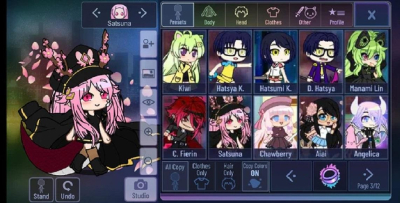
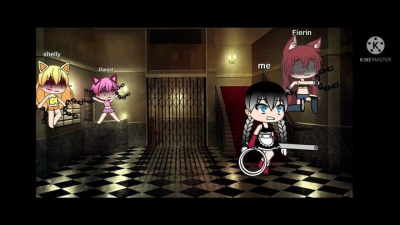

To download the app, you will get links to the Official Website and/or official digital markets.

